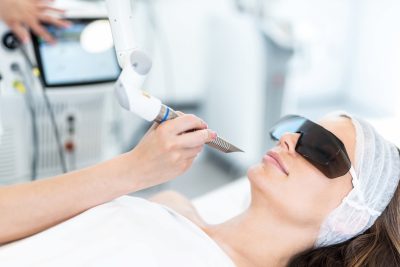 Our healthcare and business law firm works with many providers and other allied health professionals who are beginning their journeys of opening a Medical Spa. Medical Spa’s have been growing in popularity across the country. Medical Spas are unique practices in that they involve many medical and non-medical procedures. There are many factors to consider in opening a medical spa, and this medical spa series focuses on key factors to consider when opening a medical spa in Georgia. Although our healthcare law firm has assisted numerous clients in establishing a medical spa from the ground up, each client continues to present unique issues requiring our firm to research and analyze the nuances of each client’s intended setup. This Georgia Medical Spa Series is intended to provide a useful overview of some key laws, rules, and regulations impacting medical spas.
Our healthcare and business law firm works with many providers and other allied health professionals who are beginning their journeys of opening a Medical Spa. Medical Spa’s have been growing in popularity across the country. Medical Spas are unique practices in that they involve many medical and non-medical procedures. There are many factors to consider in opening a medical spa, and this medical spa series focuses on key factors to consider when opening a medical spa in Georgia. Although our healthcare law firm has assisted numerous clients in establishing a medical spa from the ground up, each client continues to present unique issues requiring our firm to research and analyze the nuances of each client’s intended setup. This Georgia Medical Spa Series is intended to provide a useful overview of some key laws, rules, and regulations impacting medical spas.
This post in the Medical Spa Series answers the question of what the role of a dentist can perform in a medical spa. If you have questions regarding this blog post or would like to speak with counsel regarding opening your medical spa practice, you may contact us at (404) 685-1662 (Atlanta) or (706) 722-7886 (Augusta), or by email, info@hamillittle.com. You may also learn more about our law firm by visiting www.hamillittle.com.
- Dentists can prescribe and administer injectable pharmacologics
In Georgia, dentists are able to perform many medical spa treatments, including injecting Botox and fillers, but only when certain requirements are met. Continue reading ›
 Total Health Law Blog
Total Health Law Blog


